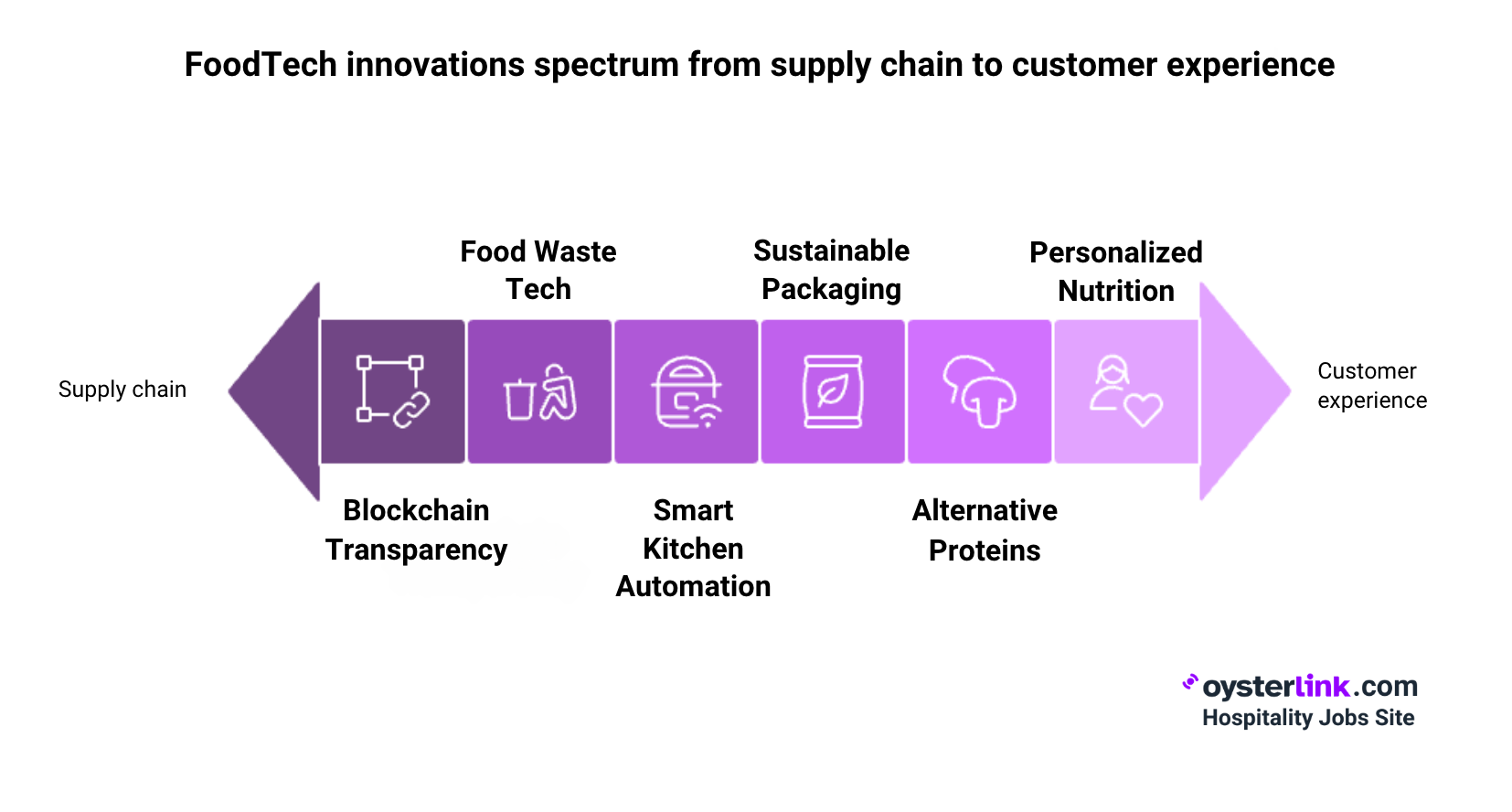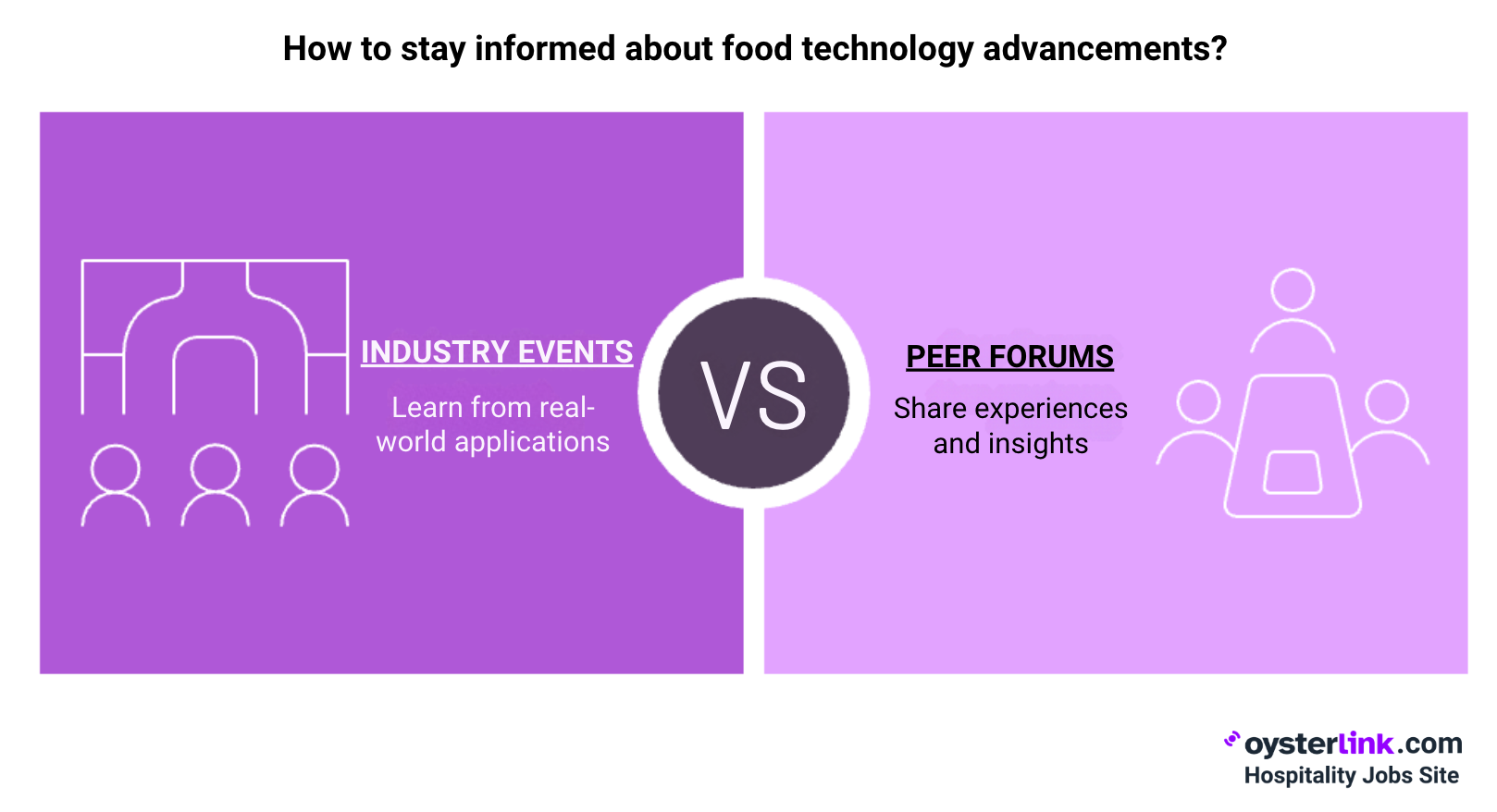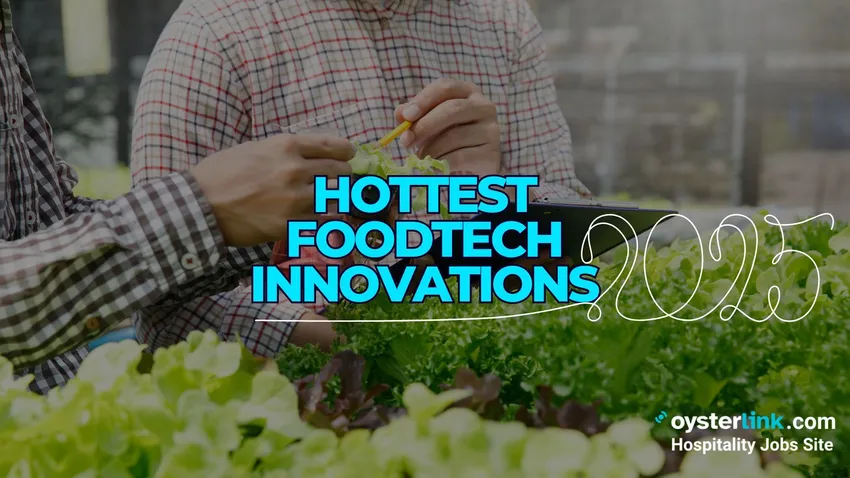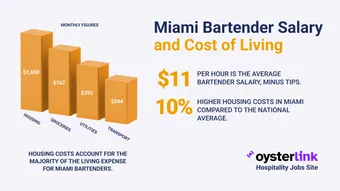FoodTech Innovations Key Takeaways:
- FoodTech innovations in 2025 are focused on sustainability, personalization and automation across the food industry.
- Cultivated meats and alternative proteins are more available and offer improved taste, opening up “future foods” tasting menus and sustainable menu upgrades for forward-thinking operators.
- AI-powered tech is actively reducing food waste and optimizing inventory—a proven way to boost margins and show eco-leadership to guests.
- Smart kitchen appliances and robotics now help manage labor challenges, save time and deliver kitchen consistency even during rush hours.
This year’s FoodTech is all about smarter, sustainable and more personalized solutions. From lab-grown proteins to kitchens that learn your routines, technology is rewriting how we eat—both at home and out in restaurants.
Let’s break down the top FoodTech breakthroughs making headlines (and menus), show how real hospitality leaders are trying them and highlight ways you can test-drive these ideas in your own business.
Overview of FoodTech Innovations in 2025
FoodTech stands at the intersection of food and technology, solving tricky industry challenges—waste, profit margins, labor shortages and climate impact. For 2025, pressure from guests, government and the need to digitalize has ramped up adoption everywhere.
Operators and consumers alike are looking for answers that deliver on health, sustainability and efficiency, while still keeping food exciting. The innovations below are changing how food is produced, sourced and enjoyed—plus, they open up new revenue possibilities for those willing to experiment. For those overseeing operations, restaurant automation can be a powerful tool in driving efficiency and innovation.
Top FoodTech Innovations of This Year: Key Areas to Watch
Innovation in FoodTech is not slowing down—quite the opposite. For hospitality leaders, here are a few hot spots worth watching for both long-term strategy and quick-win pilots you could test as soon as next quarter:
- Alternative Proteins and Cultivated Meats
- Food Waste Reduction Technologies
- Smart Kitchen Appliances and Automation
- Personalized Nutrition & AI-driven Recommendations
- Sustainable Packaging and Circular Solutions
- Blockchain and Transparency in Food Supply Chains
Alternative Proteins and Cultivated Meats
Both startups and big-name brands are moving far beyond basic plant burgers. Cultivated meat—grown from animal cells in clean labs—has crossed new regulatory lines in several countries, making it much closer to appearing in mainstream menus. You’ll also spot mushroom-based proteins and innovative seafood alternatives showing up at pop-up dinners and progressive bistros, giving committed restaurateurs a chance to be first.
Piloting these new proteins is a way to create buzz: “future foods” tasting nights, limited-edition menu items, or just fun staff trainings. Suppliers are making it easier than ever for chefs to try small test orders, no big upfront investment needed.
For those interested in culinary careers focused on innovation, explore the steps to becoming a Chef who can lead FoodTech trends.
Food Waste Reduction Technologies
AI-driven inventory and demand prediction platforms help restaurants, caterers and even food retailers predict what they'll actually use—slashing unnecessary orders and spoilage. Features like smart expiry tracking and digital upcycling apps mean less food in the landfill and more data to prove your green credentials.
Leaders looking for new strategies will appreciate these best practices for restaurant operations management.
It’s not just eco-friendly—spending drops and some vendors will even set you up with a free demo. Many hospitality groups are already turning before-and-after waste metrics into social media gold and customer-facing progress updates.
Smart Kitchen Appliances and Automation
Kitchen labor shortages and consistency problems have met their match. From web-enabled cooking ranges to robotic salad tossers, automation supports teams to hit the mark, even when short-staffed. Robots are now confidently flipping burgers, blending cocktails—or pulling espresso shots at 7:15 AM sharp (most mornings, anyway!).
If you’re struggling to train new staff, automation means less burnout and quicker training. There are risk-free paths, too: kitchen-as-a-service and rental models keep spending under control while you experiment.
For role-specific hiring needs, check out how to hire reliable kitchen staff to support your FoodTech rollout.
Personalized Nutrition & AI-driven Recommendations
Ever see those fancy apps recommending a menu item based on your guest’s allergy or even tracking what they ate last time? Hotels and newer restaurants are piloting them right now and it’s catching on. Personalized nutrition insight isn’t just good service—it helps you upsell premium dishes and make every guest feel special, all without driving cooks crazy with custom orders.
For smaller places, even basic AI tools can help staff learn which side dishes or drinks pair well, nudging guests towards higher-margin orders. This turns smart software into actual dollars.
Sustainable Packaging and Circular Solutions
Edible films, compostable wraps and plant-based “plastic” packaging are showing up everywhere from fast-casual counters to hotel minibars. Reusable takeout container schemes (where customers bring back empties on their next visit) are especially trending in urban cafés and eco-focused chains—think of it like borrowing a library book, only it carries noodles instead.
Many packaging suppliers now offer samples or low order minimums, so it’s easy to run a trial week—just swap out packaging for a single best-seller and see how customers take to it before rolling out company-wide.
If you want to understand your costs better, these tips to protect restaurant profits can help you streamline operations and stay competitive in FoodTech.
Blockchain and Transparency in Food Supply Chains
Proving where your food comes from can make or break trust—especially with premium guests. Blockchain-backed tech lets you trace every ingredient back to its source. Several restaurants are already using QR codes to let diners verify that the tuna they ordered is truly line-caught from a small local fishery.
Industry groups and tech partners may even help set up your first pilot for free. Even a single signature dish with traceable ingredients can become a conversation starter (and a PR win).
Learn more about Restaurant Manager responsibilities and how adopting FoodTech can elevate operational transparency.

How to Leverage FoodTech Innovations for Your Business or Lifestyle
Ready to make improvements? Whether you’re gunning to cut costs, upgrade the guest experience, or go greener, FoodTech can get you there. Here’s how other restaurant owners and managers are finding quick traction:
For Hospitality Businesses and Startups
- Pilot and evaluate: Pick one area—waste, automation, or packaging. Do a 30-day trial with a low-cost supplier. It’s easier than you think and some will walk your team through the setup.
- Leverage vendor support: Don’t go it alone. Choose partners that help with staff training and onboarding, smoothing out the bumps and boosting team confidence with new tech.
- Data-driven storytelling: Collect waste data, traceability wins, energy saved—then use these metrics in your marketing or to stand out in local news.
- Engage teams: Involve your staff from day one. Let them test tech and give real feedback (and don’t be surprised if they spot shortcuts or hacks you never thought of).
If your bandwidth is tight, just swap in a smart inventory tracker. Or switch to compostable packaging for your top-selling side. Share the results—good or bad—and keep iterating.
For a deeper dive into workforce engagement, see these results-driven restaurant management tips.
For Consumers and Home Cooks
You don’t need to run a restaurant to get in on FoodTech. Try app-controlled gadgets in your kitchen, sign up for a subscription to sample new proteins, or simply visit your local place that’s testing traceability or eco-friendly packaging—then spread the word if you love it.
Remember every little bit counts: even recommending a local spot that switched to biodegradable utensils, or sharing feedback with staff, helps shift the industry.
Benefits and Challenges of Adopting New FoodTech
Switching to new FoodTech brings real perks and a few speed bumps. Here’s a quick-fire rundown for leaders thinking about a tech refresh:
Major Benefits
- Greater menu flexibility—serving vegan, gluten-free, or allergy-sensitive guests with ease.
- Lowered environmental impact and food spend via smart sourcing and waste cutting.
- End-to-end supply chain transparency, improving guest trust and food safety.
- Reduced labor headaches with automation and energy-efficient gear.
Upgrading to even one of these solutions can attract younger talent looking for innovative workplaces—and show you’re not standing still. That counts for a lot in today’s market.
Key Challenges and Considerations
- Upfront and ongoing costs: While many providers start with free pilots, not all do. Ask about grants or try-before-you-buy deals to avoid sticker shock.
- Staff learning curve: Your team’s buy-in decides success. Prioritize support, let early adopters shine and reward staff for upskilling.
- Systems integration: Marrying old POS or inventory systems with shiny new tech can be tricky. Choose vendors with hospitality references—they’ll know the battle scars.
- Data privacy & regulation: Double-check compliance before rolling out new tech, especially with customer data or AI tools. Better safe than sorry.
Start small and involve your team from the outset. Many operators find useful advice in hospitality Facebook groups or LinkedIn. Don’t be shy about reaching out to others already piloting FoodTech.
To explore the future of diverse hospitality careers fueled by technology, see the top hospitality career paths.
The Future of FoodTech: What’s Next?
Expect to see even more next-level stuff—like hyper-personalized superfoods, robots prepping whole kitchens, or composting “as a service.” As pricing drops, don’t be surprised if your local deli runs as lean as the newest five-star spot. Stay engaged with industry events and peer forums—they’re the best way to know what’s working in real restaurants (and what’s just vaporware).

Speed-Bump Busters: Overcoming Typical Adoption Hurdles
Practical tips for hospitality managers piloting FoodTech:
- Bookmark, pilot, repeat: Spot 1-2 promising trends, save those vendor contacts and launch a pilot—or even a “Friday-only” menu test to start. Check results every week.
- Staff involvement: Choose a “tech champion” to lead the charge, troubleshoot and keep colleagues excited about mini wins.
- Evaluate ROI: Keep tabs on things like costs, waste, online shout-outs and guest surveys. Use these to make expansion decisions.
- Network & learn: Hit vendor demos, connect with food leaders online and jump into FoodTech groups for honest advice. Sometimes the best tip comes from another manager in your city!







Loading comments...